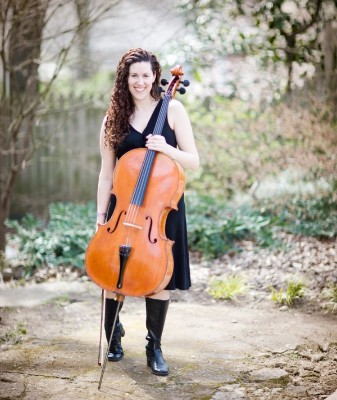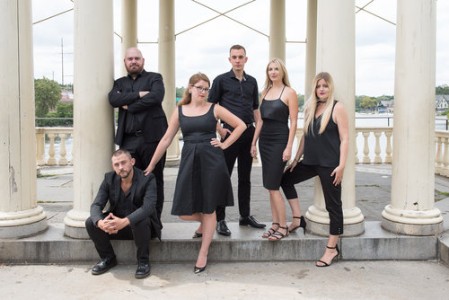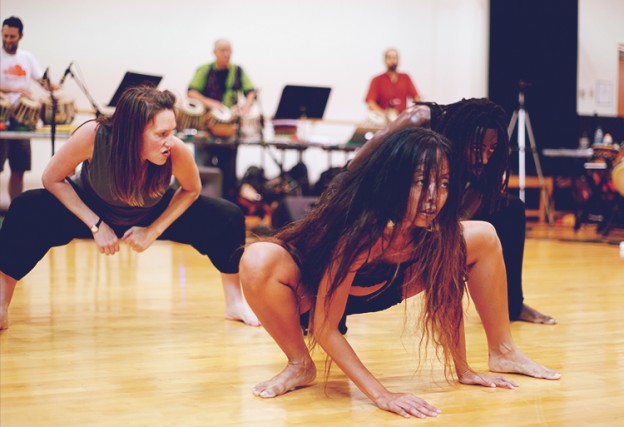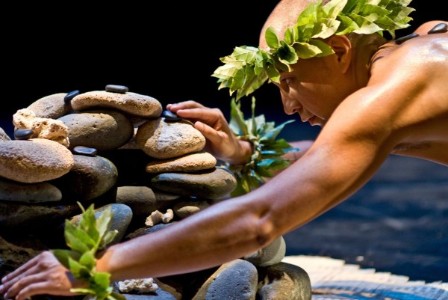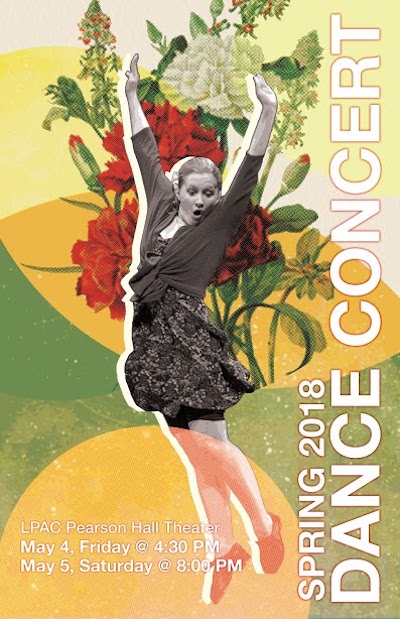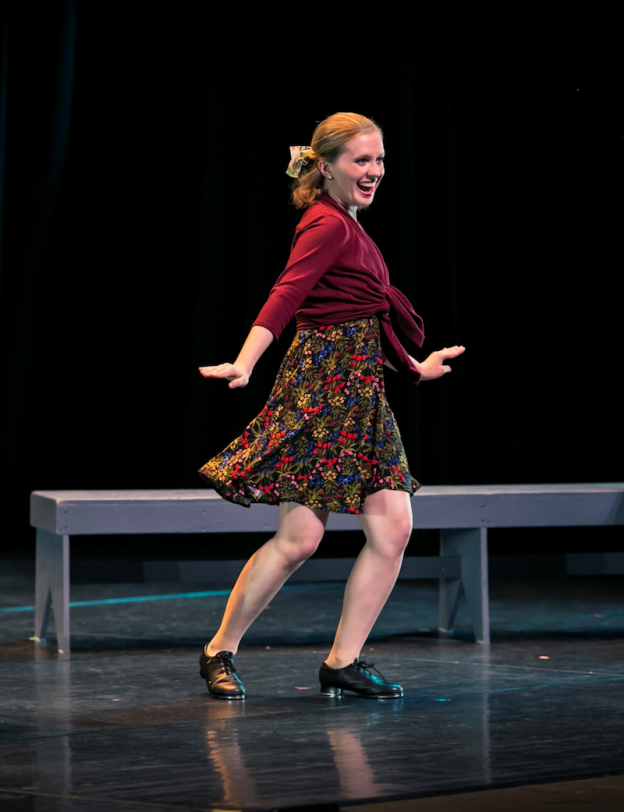The Department of Music and Dance’s 2018-2019 season includes several programs with the William J. Cooper Series and continues the “Featured Artist Series,” now in its second year.
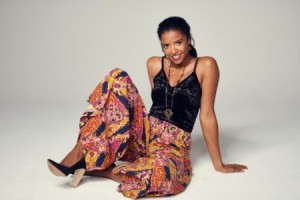
The season kicks off with a performance by Renée Elise Goldsberry, winner of the Tony Award, Grammy Award, Drama Desk Award, and Lucille Lortel Award for her performance off and on Broadway in the musical phenomenon Hamilton on Friday, September 21st at 8pm in Lang Concert Hall. This performance is presented through the William J. Cooper Series.
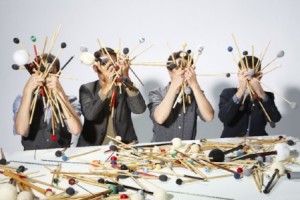
Also presented by the William J. Cooper series is Lenny Seidman: ARC, an original evening-length performance suite that brings together the drumming traditions of tabla from North India and taiko from Japan with contemporary Western and Southeast Asian dance, on Friday, October 5th at 8pm in Lang Performing Arts Center; An Evening of Traditional East Asian Vocal Arts, a performance featuring three particular branches of vocal arts that have no equivalent anywhere else in the world: Kunqu opera (China), Noh (Japan), and P’Ansori (Korea), on Friday, November 2nd at 8pm in Lang Concert Hall; Hubbard Street Dance Chicago and Third Coast Percussion, teaming with Emma Portner, Lil Buck, and Jon Boogz for an ambitious new project about survival, renewal, and the hidden connections that keep our world together, on Friday, February 8 at 8pm in Lang Performing Arts Center; Third Coast Percussion with a Community Performance of Terry Riley’s In C on Saturday, February 9th at 3pm in Upper Tarble Clothier Hall; and Benjamin Bagby and Sequentia, performing new work Charms Riddles, and Elegies of the Medieval Northlands on Friday, March 1st at 8pm in Lang Concert Hall. All performances have supporting educational events. All programs and descriptions can be found at http://www.swarthmore.edu/music/concerts-events.
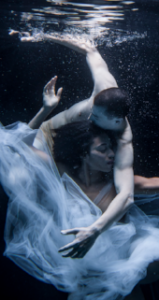
The Featured Artist Series, which features each artist as performer and teacher, leading master classes, giving solo performances, and collaborating in performance with Swarthmore College student musicians and dancers, returns for its second year. Here is an overview of the 2018-2019 program.
Amy Barston, cello
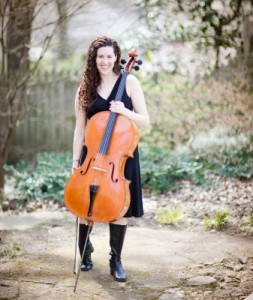
Acclaimed cellist Amy Barston will perform the Dvorak Cello Concerto with the Swarthmore College Orchestra directed by Andrew Hauze, perform a recital with pianist Ieva Jokubaviciute, and will lead two master classes for Swarthmore College instrumentalists.
Master Class with Swarthmore College instrumentalists: Friday, November 9 @ 4pm, Lang Concert Hall and Friday, April 5 @ 4pm, Lang Concert Hall, Swarthmore College
Swarthmore College Orchestra Concert: Saturday, December 1 @ 8pm, Lang Concert Hall, Swarthmore College
Amy Barston and Ieva Jokubaviciute: Friday, March 29 @ 8pm, Lang Concert Hall, Swarthmore College
Variant 6
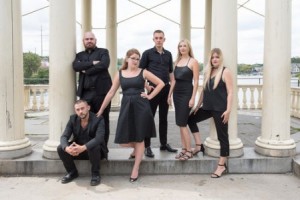
Vocal ensemble Variant 6 will workshop student composers’ compositions, lead a vocal master class with Swarthmore vocalists, perform a recital, and perform as soloist with the Swarthmore College Chorus and Garnet Singers under the direction of Joseph Gregorio.
Student Composers’ Workshop: Wednesday, October 10 @ 11am, Lang Concert Hall and Wednesday, November 7 @ 11am, Lang Concert Hall, Swarthmore College
Variant 6 Performance: Friday, November 16, 2018 @ 8pm, Lang Concert Hall, Swarthmore College
Vocal master class with Swarthmore vocalists: Wednesday, March 20, 2019 @ 3pm, Lang Concert Hall, Swarthmore College
Performance with Swarthmore College Chorus and Garnet Singers: Friday, May 3, 2019 @ 8pm, Lang Concert Hall, Swarthmore College
Christopher K. Morgan & Artists
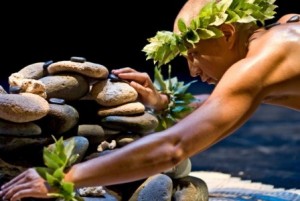
Named Washington D.C.’s Best Dance Company in the 2015 CityPaper Reader’s Poll, Christopher K. Morgan & Artists will hold masterclasses for Swarthmore Dance students, and will stage Morgan’s work In the Cold Room for the Fall Dance Concert. Stones gathered during the community stone collection workshop will be featured in the Pōhaku performance.
Contemporary Dance Masterclass with Tiffanie Carson: Friday, September 7 @ 2:30pm, Lang Performing Arts Center, Boyer, Swarthmore College
Contemporary Dance Masterclass with Christopher K. Morgan: Friday, December 7 @ 11:30am, Lang Performing Arts Center, Boyer, Swarthmore College
In The Cold Room (as part of the Fall Dance Concert): Friday, December 7 @ 4:30pm, Lang Performing Arts Center and
Saturday, December 8 @ 8pm, Lang Performing Arts Center, Swarthmore College
Pōhaku Stone Collection Workshop, Thursday, March 21, Lang Performing Arts Center, Swarthmore College
Pōhaku Performance: Friday, March 22 @ 8pm Performance, Lang Performing Arts Center, Swarthmore College
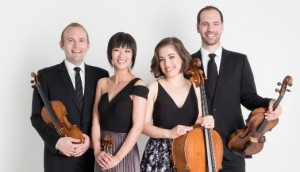
In addition to the above programming, the Swarthmore College Department of Music and Dance will also welcome back the award-winning Jasper String Quartet on Friday, October 27th, Chamber Orchestra First Editions, led by Professor Emeritus James Freeman, on Sunday, January 27th, and Tamagawa Taiko and Dance on Monday, April 15th.
This programming is made possible by the William J. Cooper Foundation, the President’s Office Andrew W. Mellon Grant, the Gil and Mary Stott Concert Fund, and the Elizabeth Pollard Fetter Fund. The Gil and Mary Stott Concert Fund was established in 1997 on the 25th anniversary of the Lang Music Building. The fund was created as an expression of deep affection for the Stotts by the late Eugene M. Lang, Class of 1938, to recognize their special artistic talents and all that they have meant to the Swarthmore community. Beginning in 2010, the Stott Concert Fund is used to underwrite the Gil and Mary Stott Chamber Music Master Class Series, bringing prominent New York, national, and international artists to campus for one-day coaching sessions with student ensembles. The Elizabeth Pollard Fetter Fund was initially established to honor the memory of Elizabeth Pollard Fetter by underwriting the cost of lessons and coaching for an advanced-study string quartet. Its focus has been expanded to allow for the coaching of additional chamber music groups. As a Swarthmore student, Elizabeth Pollard Fetter ’25, was deeply involved in college life through music, athletics, and service. The Elizabeth Pollard Fetter Fund has been endowed by her husband, the late Frank Fetter ’20, and children Robert P. Fetter ’53, Thomas W. Fetter ’56, and Ellen Fetter Gille. The William J. Cooper Foundation provides a varied program of lectures, performances, and exhibitions that enrich the academic life of the College. The foundation was established by William J. Cooper, who specified that the income from his gift should be used “in bringing to the College eminent citizens of this and other countries who are leaders in statesmanship, education, the arts, sciences, learned professions, and business.”
All events are free and open to the public. Reservations will be made available for An Evening with Renée Elise Goldsberry on September 7, 2018. Reservations are not available for other performances, but are first come, first served. Please visit http://www.swarthmore.edu/music/concerts-events for more information.
